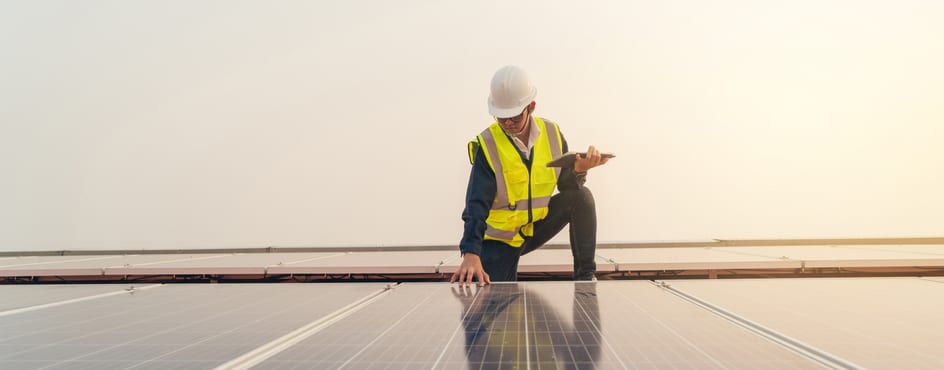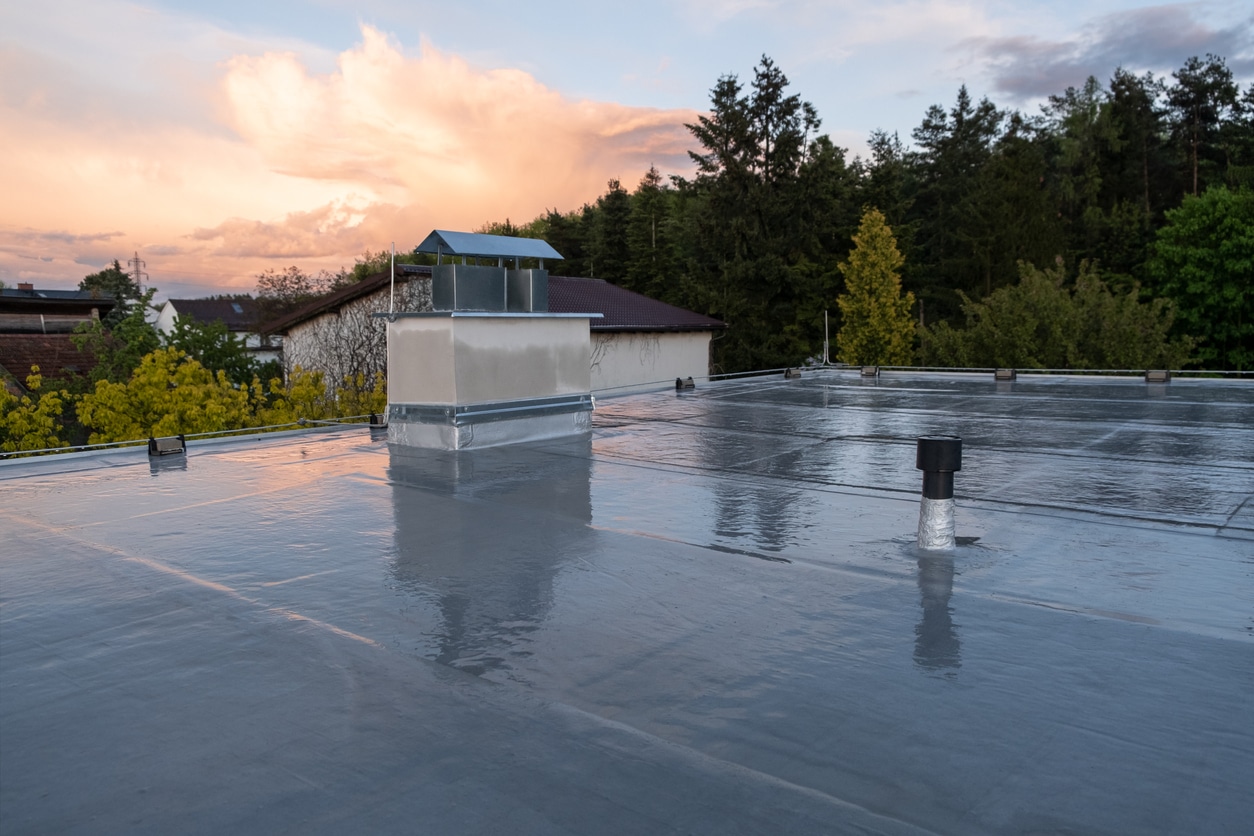The Effects of a Hurricane and Strong Winds on Your Roof
Anyone living in a hurricane zone is aware of the damage that a bad storm can do to a roof. The best way to protect your home from a damaged roof is to understand what can happen and what to look for, and how to prevent it. While some minor damage may be fixed by the homeowner, it is a good idea – and the best way to avoid the need for future repairs – to hire a professional roofing contractor to undertake a professional and thorough inspection.
You rely on your roof to always protect your home. It is best to be aware of the impact a hurricane can have on your roof and home in general:
Water Damage
Heavy rain can cause leaks in your attic and home, where mold is likely to develop. These leaks can be due to holes and/or faulty flashing. As a homeowner, you need to make certain that water and moisture can drain off your roof properly, i.e., no clogged drains.
Hurricanes and Winds
When it comes to wind v. shingles, the wind all too frequently comes out ahead. Hurricane winds are classified as winds between 75 to 150 miles an hour. These gusts can rip off shingles and tiles, leave holes in the roof, and pull down gutters entirely. That is considerable damage for any homeowner. The more exposure to high winds, the greater the possible hazard. Anyone living in a high-risk area will save money and worry by arranging regular roofing inspections.
Why Gutters are Important
Hurricanes can cause water damage to your home, but gutters can serve as protection against the worst damage. Well-maintained gutters can stop leaks, redirect the water, and allow the water to run off the roof.
Badly maintained gutters can be filled with all types of debris that will prevent proper drainage. Keep in mind that wind can send all types of debris, including branches, into your gutters at high speed.
A weekly maintenance cleaning routine is ideal for keeping gutters debris-free. A bi-annual professional inspection can include checking problems with fascia connections, clogged downspouts that keep water from running freely, and leaky seams. A well-maintained roof and gutter are your best protection against hurricane damage. An inspection is especially important following a hurricane as the storm can cause a magnitude of debris and structural damage that will only worsen if left untreated.
How to Minimize Hurricane Damage to Your Roof
It is difficult to accurately predict the strength of any storm and its possible damaging effect on your roof. However, as a homeowner, you can take steps to minimize any potential weather-related hazards.
Quite simply, the better the condition of your roof, the better it is protected against damage. That is why an annual professional roof inspection can be very crucial, especially if your home is located in a hurricane-prone area.
Looking for Wind Damage
You can begin your inspection by simply assessing the storm area. Are there fallen branches? Is there massive storm debris laying around? If there is debris on the ground, the odds are excellent that there is debris on the roof. Check the attic for any obvious damage.
Next, consider the type of roofing material you have on top of your home. Metal roofing, while not as attractive as some shingles, offers the best hurricane damage protection as it is designed to withstand a 160 mph storm. They are expensive, but they are also very durable.
Slate tiles have plenty of visual appeal, and most homeowners love them, but they can only resist winds of up to 110 mph, and a hurricane can easily damage these tiles. If a homeowner opts for slate tiles, these tiles should be installed with proper care and inspected regularly.
Older asphalt shingles can only resist wind of up to 50 mph.
Wind-Resistant Shingles
Anyone living in a hurricane-prone area knows the hazards a roof must withstand during a storm. Shingles have a wind rating set by the seller and should be a part of the warranty. Wind resistance consists of two qualities – nail pull resistance and the quality of the asphalt sealant strips. The nail pull resistance is the force by pound needed to pull a nail through a shingle, and this measurement directly relates to an unsealed single ability to withstand strong wind. Excellent wind resistance is the ability to take on and resist approximately 25 pounds of force.
When it comes to sealants, it is best to look for quality instead of a bargain.
The importance of a strong roof cannot be overstated, which is why the inspection should be done by a professional instead of turning it into a DIY job.
Using a Professional Roofing Contractor
As a homeowner, there is only so much you can do to spot and repair roof damage caused by a hurricane. A professional roofer is trained to look for hidden roof damage that you might easily overlook. The roofer can also help your roof become hurricane-ready, and he or she will be there and help clear any damage when the storm has passed.
- Water damage is not always obvious. Discoloration on walls, attic beams, and ceilings can be overlooked, as can watermark spots near doors and windows. The longer it takes to find those hidden leaks, the greater the damage will be.
- Some leaks are simply an occasional drip, a drip that may be ignored. Small, slow leaks grow into big leaky problems.
- Leaks or even mild moisture can lead to fungus, mold, and mildew which can pose a dangerous health risk.
- Loose shingle granules in the gutters can be an indication of excessive wear and tear on the shingles caused by heat, rain, hail, and other stressors.
Conclusion
Anyone living in a potential hurricane zone knows the potential risks to property. Your home is your greatest asset. Protect it and your family by having a professional roofing contractor inspect and repair your roof regularly, beginning with the onset of hurricane season.




